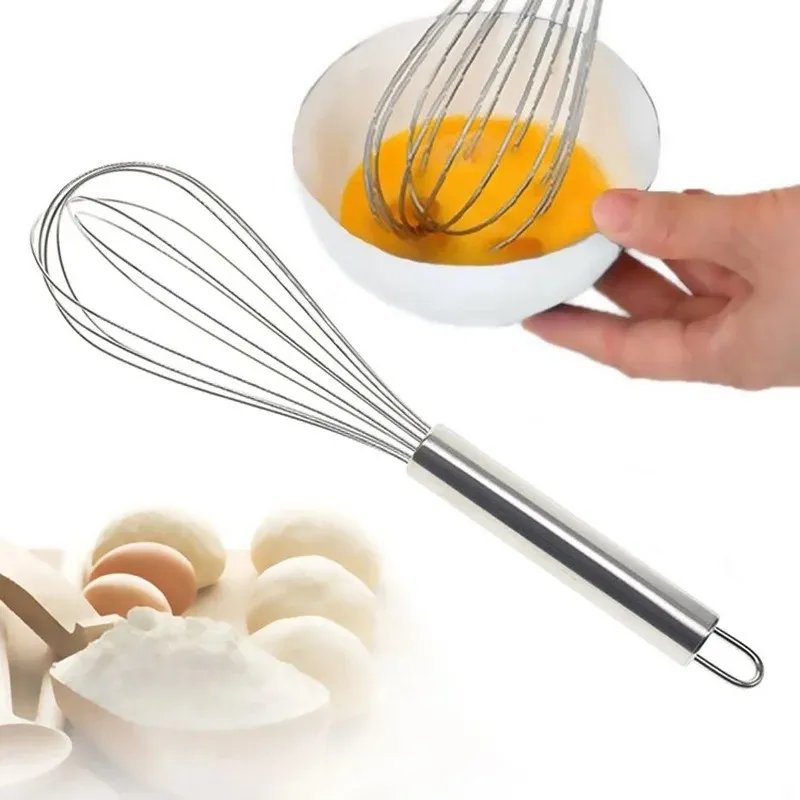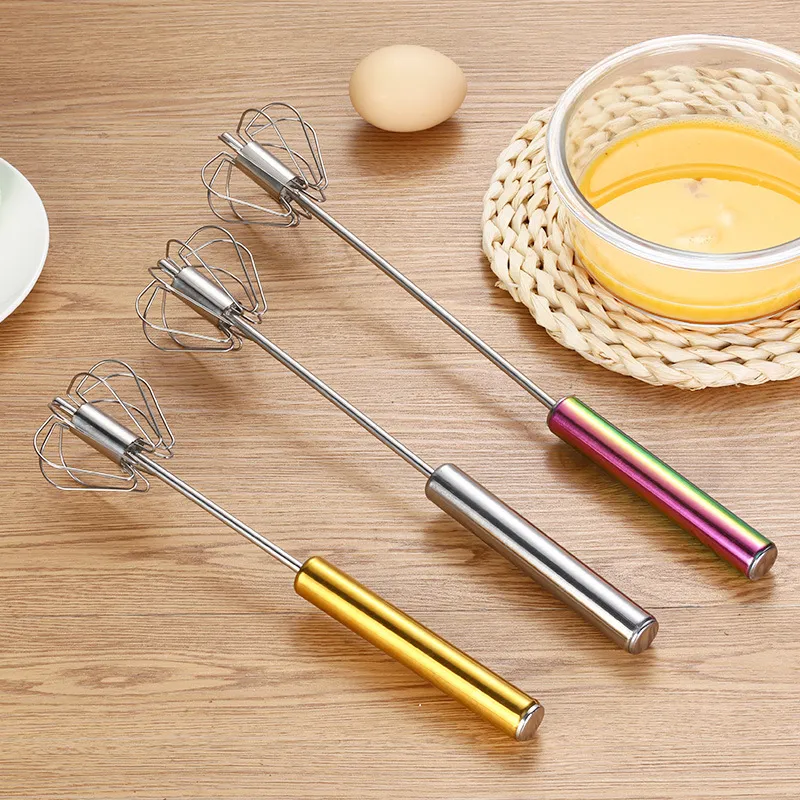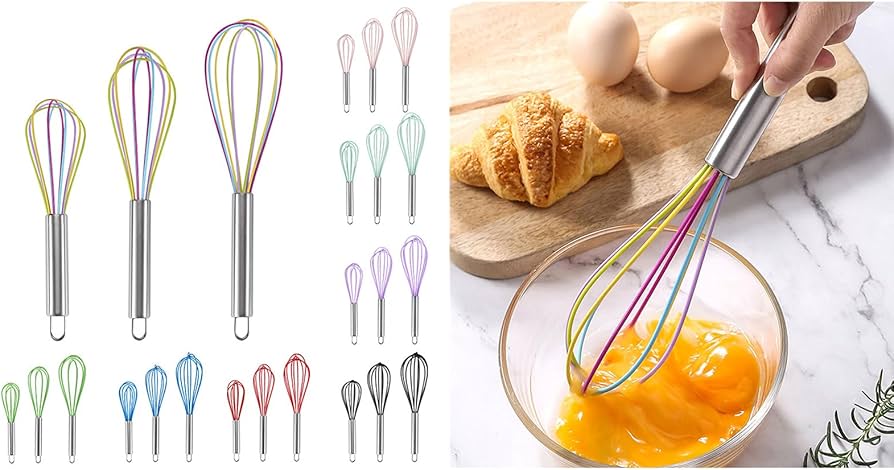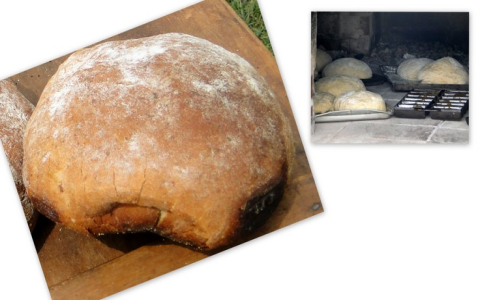In the art of baking, the egg beater emerges as a remarkable tool that wields great power. It is the unsung hero that can transform the simplest of recipes into culinary masterpieces.

When it comes to making cakes, the egg beater plays a vital role. For a light and fluffy sponge cake, start by using the egg beater on a medium – low speed to combine the eggs and sugar. Gradually increase the speed as the mixture begins to blend. This prevents the sugar from being flung out of the bowl. Beat until they reach a pale, thick consistency. This process incorporates air into the mixture, creating a voluminous base. As the beaten eggs and sugar are folded into the other ingredients like flour and butter, the air bubbles trapped within ensure that the cake rises beautifully during baking. The result is a tender, airy cake with a soft crumb. Without the proper use of the egg beater in this initial stage, the cake would be dense and lackluster.
When using an egg beater for meringues, make sure the bowl and the whisks are completely clean and dry. Any trace of grease can prevent the egg whites from whipping properly. Begin beating the egg whites on a low speed until they become frothy. Then, slowly add the sugar while increasing the speed of the beater. The high – speed rotation of the beater’s whisks helps to break down the proteins in the egg whites and form a stable foam structure. Keep beating until stiff peaks form. These meringues can then be used to top pies, create pavlovas, or be baked into delicate cookies. The precision and control offered by the egg beater enable bakers to achieve the ideal texture, whether it’s a soft and chewy meringue or a crisp one.
Even in the preparation of batters for muffins and quick breads, the egg beater has its place. Before using it, ensure that all the ingredients are at room temperature. This allows for better mixing. Use the egg beater on a low to medium speed to blend the wet ingredients smoothly, ensuring that the eggs are well – incorporated. This leads to a more homogeneous batter, which in turn results in evenly baked goods with a consistent texture throughout. When making banana bread, for example, using an egg beater to mix the eggs, mashed bananas, oil, and other liquids creates a silky batter that bakes into a moist and delicious loaf.
Furthermore, the egg beater is a time – saver. In a busy bakery or a home kitchen during the holiday baking rush, it can quickly and efficiently handle the task of beating eggs and other mixtures. To avoid over – beating, always keep an eye on the texture of the mixture. If you notice it starting to separate or look curdled, you may have gone too far. It allows bakers to focus on other aspects of the recipe, such as measuring ingredients or preparing pans.
In conclusion, the egg beater is an essential tool in baking. It unlocks the potential of eggs in creating light, fluffy, and delicious baked treats. It is the key to achieving the perfect texture and structure in a wide range of baked goods, making it an indispensable part of the baker’s arsenal.















